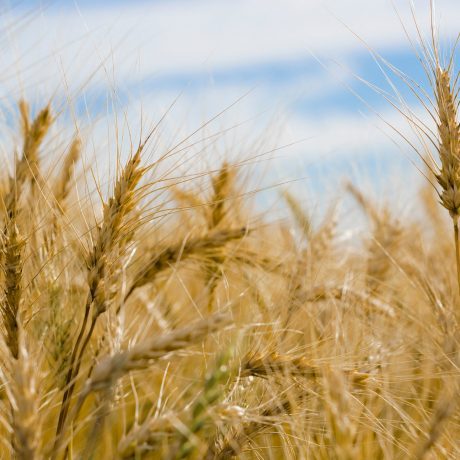CONSIDER HERBICIDE RESTRICTIONS WHEN COMPANION CROPPING IN WHEAT
John Price
Oct, 01 2024Winter wheat growers planning companion cropping this autumn must consider machinery needs and herbicide compatibility. These factors are critical for success with this emerging technique, advises Ceres Rural Associate John Price.
Choose the Right Companion Species
Linseed or beans are the preferred companion crops. The best method? Drill wheat and the companion together.
This approach reduces costs and prevents loss of emerged companions from pre-emergence residual herbicides.
Avoid Risky Establishment Methods
Establishing wheat into already emerged beans or linseed is risky. Pre-emergence residual herbicides can damage companions unless you use straight flufenacet.
At £55/ha, the SFI companion cropping payment won’t justify a second drill pass.
Broadcasting or surface seeding? Also risky. Seeds remain too shallow and vulnerable to residuals.
Invest in the Right Machinery
A dual hopper drill offers flexibility. It allows drilling both crops together at the correct depth.
“The right machinery makes a difference,” says John.
Timing Matters
Earlier drilling dates suit linseed. It prefers warmer soils with good tilth.
Beans are more flexible with drilling dates and soil conditions.
Plan Herbicide Strategy Carefully
Several pre-emergence herbicide options exist. A good stale seedbed and strong pre-emergence efficacy are essential because post-emergence options are limited.
Autumn post-emergence herbicides risk killing companions beyond flufenacet.
Limited farm trials suggest companions may tolerate DFF and pendimethalin for residual top-up. But post-emergence contact options shrink further:
- Sulfonylureas and florasulam threaten beans.
- Fluroxypyr and pyroxasulam threaten linseed.
The lack of actives could compromise autumn broad-leaved weed control. Plan ahead.
Spring Control Challenges
In spring, weaker ALS products like Ally Max may fail. Beans and linseed will need CMPP and fluroxypyr respectively.
Amidosulfuron in spring grass weed mixes may control beans.
Arylex-based products work well on both companions, as do pyroxsulam and florasulam formulations. These cover a wide weed spectrum and target black-grass.
Beans are usually cheaper to kill than linseed. Beans may be more profitable, but mixing with linseed helps reduce rotational disease and pest risks and adds root diversity.
Is the SFI Payment Worth It?
John doesn’t recommend chasing the small SFI payment alone. The real value lies in long-term soil health improvements across the UK’s largest crop.
In the short term, the new SFI summer catch crop looks more commercial.






